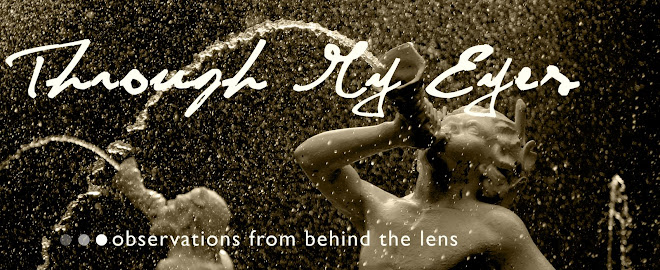On February 26, 2009, Secretary of Defense Robert Gates announced the lifting of a ban on photography of the bodies of returning soldiers. The new policy reversed a ban placed by President George H. W. Bush just days before the first Gulf War that many considered unnecessary censorship. Families now have the final decision on whether to allow the media to cover the transfer ceremony.
The timing of the lifting of the ban is somewhat ironic. HBO’s Taking Chance premiered on February 21. The drama, starring Kevin Bacon, is based on the true story of Lance Corporal Chance Phelps, a Marine killed in Iraq. Baco
 n portrays Lt. Col. Michael Strobl, an officer who volunteers to escort the fallen soldier home to Wyoming. Like most of the network’s original programs, Taking Chance is extremely well-done and offers a compelling insight into the process of returning fallen soldiers home. By lifting the ban, the Obama administration affords both the opportunity for all Americans to see these daily or weekly events through the eyes of the media and the opportunity for the same media to invade these tragic and deeply personal events.
n portrays Lt. Col. Michael Strobl, an officer who volunteers to escort the fallen soldier home to Wyoming. Like most of the network’s original programs, Taking Chance is extremely well-done and offers a compelling insight into the process of returning fallen soldiers home. By lifting the ban, the Obama administration affords both the opportunity for all Americans to see these daily or weekly events through the eyes of the media and the opportunity for the same media to invade these tragic and deeply personal events.Controversy over the photography of war dead dates back to the Civil War, roughly the same time modern photography and photojournalism were born. In 1863, Timothy O’Sullivan, one of Mathew Brady’s photographers, captured “The Harvest of Death” a scene of the bloated bodies of Union soldiers at Gettysburg. The U.S. censored war photos during World War I and only after Roosevelt lifted the ban for political purposes in 1944 did Americans see fallen soldiers in the media during WWII. Life Magazine ran one of the first, a shot of three dead soldiers on a beach in Papua New Guinea. The photo was accompanied by text that read, “Why print this picture? Is it to hurt people? To be morbid? The reason is that words are never enough."
For many photographers, the censorship of anything is cause for concern, regardless of how they vote. Certainly, over the last hundred years, presidents have used photographs of dead soldiers, or the flag-draped coffins transporting them, for political purposes. President Obama has now entered into that fray. Regardless of the rights of photographers or the agendas of presidents, fallen American soldiers have earned dignity in death. That same respect should be afforded to their families.
Only time will tell whether the change in policy on these photographs will change public opinion about wars in Iraq and Afghanistan. And I can’t help but wonder how long it will be until another administration reverses this policy change in the name of political gain.




No comments:
Post a Comment